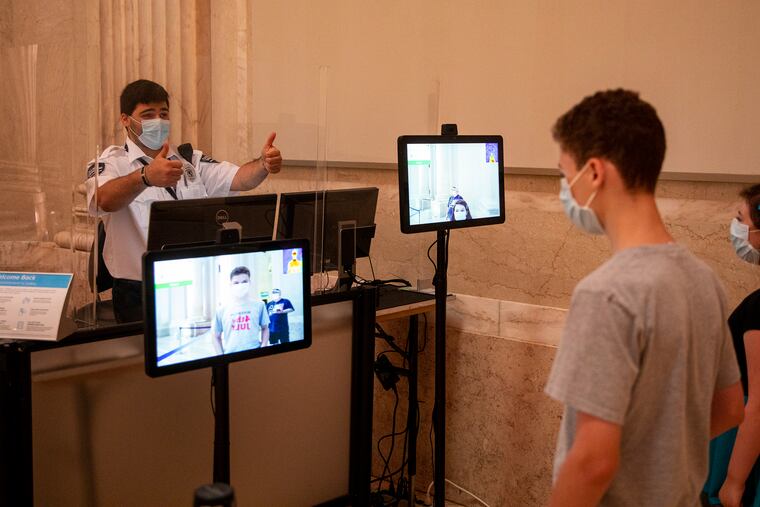In-person events are back. Here’s how to decide what’s safe.
With a pandemic still looming, and statewide coronavirus case numbers climbing since the green phase began, how safe is it to go to in-person events?Here are some questions to help you figure out your risk, according to health experts.
